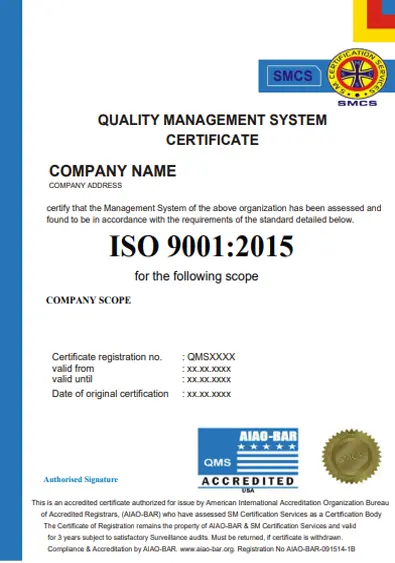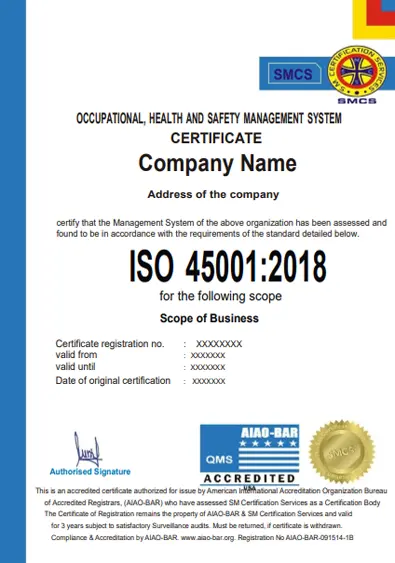Frequently Asked Questions
Here are some frequently asked questions (FAQs) related to “ISO Registration in India”
ISO registration, also known as ISO certification, is a process through which an organization’s management system is assessed and certified to comply with specific ISO standards.
ISO certification demonstrates that your organization meets international standards for quality, safety, efficiency, and other criteria. It can enhance your credibility, improve customer confidence, and open up new business opportunities.
The choice of ISO standard depends on the nature of your business and its specific needs. Common standards include ISO 9001 (Quality Management), ISO 14001 (Environmental Management), ISO 27001 (Information Security Management), and many more.
The time required for ISO certification varies depending on the size and complexity of your organization, as well as the chosen ISO standard. It may take several months from the initial assessment to full certification.
The process typically involves the following steps: a) Gap analysis, b) Documentation of processes, c) Implementation of necessary changes, d) Internal audit, e) Management review, and f) Certification audit by an accredited certification body.
The cost of ISO certification depends on factors like the size of your organization, the chosen ISO standard, and the certification body. Costs may include consultancy fees, documentation, training, and audit fees.
ISO certification is generally voluntary, and organizations choose to pursue it to enhance their credibility and competitiveness. However, some industries or clients may require ISO certification as a condition for doing business.
ISO certifications are typically valid for three years. During this period, regular surveillance audits are conducted to ensure ongoing compliance. After three years, a recertification audit is performed.
Yes, ISO certification is applicable to organizations of all sizes, including small businesses. The requirements can be scaled to fit the size and complexity of the organization.









